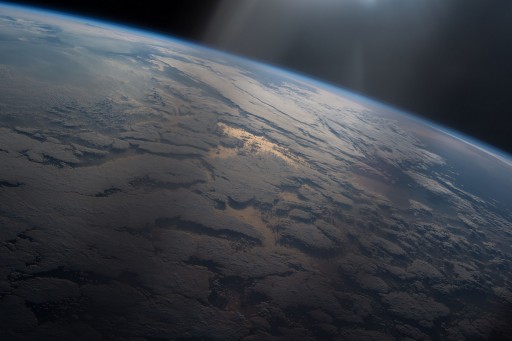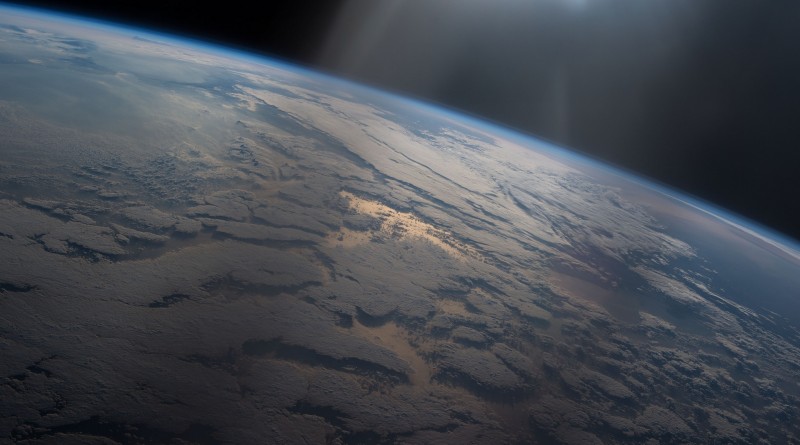ISS Operations Update – March 21, 2016

Experiments:
Strata-1 Locker Setup – Removal of EXPRESS Rack 8 locker for Strata-1 Installation, arriving on Cygnus OA-6 [Strata-I investigates the properties and behavior of regolith, the impact-shattered soil found on asteroids, comets, the Moon and other airless bodies. Regolith is different from soil on Earth in that it contains no living material. The behavior of regolith in microgravity is virtually unknown and has obvious implications when attempting to anchor a spacecraft in regolith. Strata-1 also studies how regolith interacts with spacecraft and spacesuit material and whether it is possible to process large volumes of regolith.]
Marrow Breath and Ambient Air Sample Setup [The MARROW study, known by its full name Bone Marrow Adipose Reaction: Red Or White?, looks at the effect of microgravity on the human bone marrow. It is known that prolonged exposure to microgravity, just like long bed rest on Earth, has a negative effect on bone marrow and the production of blood cells. The extent of this effect and possible recovery are of interest in space research and for application on Earth.]
Radiation Area Monitor (RAM) Deployment in Kibo
OASIS Sample Container Exchange [“Observation and Analysis of Smectic Islands in Space” will study the unique behavior of liquid crystals in microgravity with special focus on their overall motion and merging of crystal layers which is known as the formation of smectic islands. Liquid crystals are widely used in technology, being employed in LCD TV screens, laptop screens, watches and other electronics with flat panel displays. The also find use in soaps and membranes. Studying liquid crystals in microgravity will provide new insights into two dimensional system physics of complex fluids. Findings may lead to understanding of well aligned, very high speed electro-optic devices that could find use in embedded ferroelectric liquid crystal micro-displays.]
Multi-Omics Sampling & Questionnaire [Multi-Omics studies the effect of the space environment and prebiotics on astronauts’ immune function.]
Microbiome [The study will investigate the impact of long duration space flight on both, the human immune system and an individual’s microbiome. The microbiome is the totality of microbes that live in and on the human body at any given time and influence human physiology. Some consider the microbiome to be a “newly discovered organ” due to its importance for human physiology. In fact, there are about 10 times more microbial cells than human cells in and on the human body, but the microbiome only accounts for about 200 grams.]
Habitability [Assessment of International Space Station Vehicle Habitability will see teams on the ground study video of the behavior of crew members within the habitable environment of ISS while the crew fills out questionnaires and collects video of areas of interest in order to provide an assessment of the habitability of ISS in its current state for a one-year mission. Results will be used to develop spacecraft with improved habitability properties to allow crew members to optimally utilize the onboard space.]
Matryoshka-R – Dosimeter readings [Matryoshka-R consists of a number of radiation dosimeters that are set up inside the space station to assess radiation exposure of the crew relative to ISS position in its orbit and shielding provided by the modules.]
Systems/Maintenance:
Combustion Integrated Rack (CIR) Manifold Bottle Removal & Replacement
ARED Maintenance
Service Module Ventilation Subsystem Preventive Maintenance
Zarya ЦВ2 Circulation Fan Cleaning
Grab Sample Container (GSC) – Air Sampling
Weekly Housekeeping

